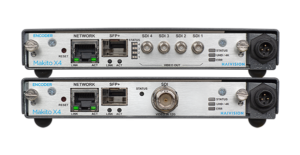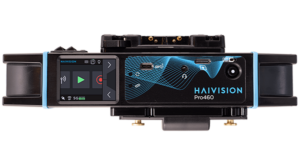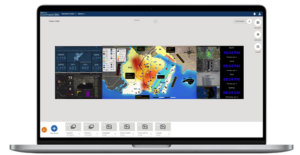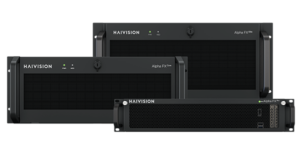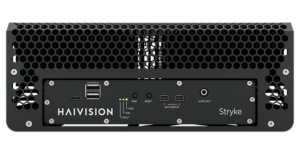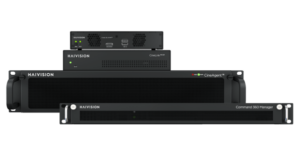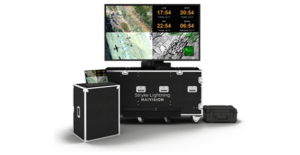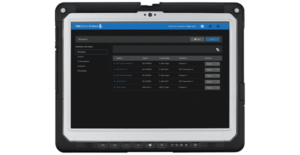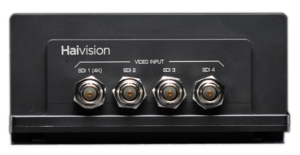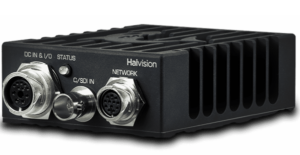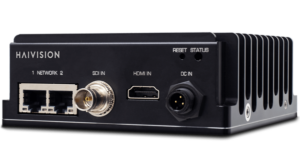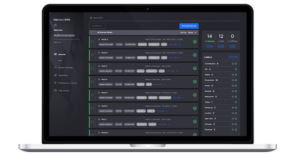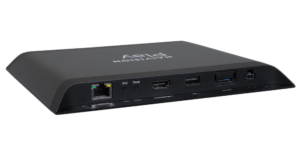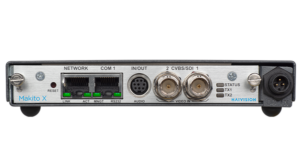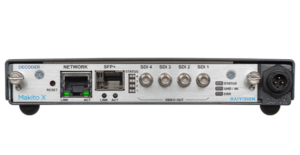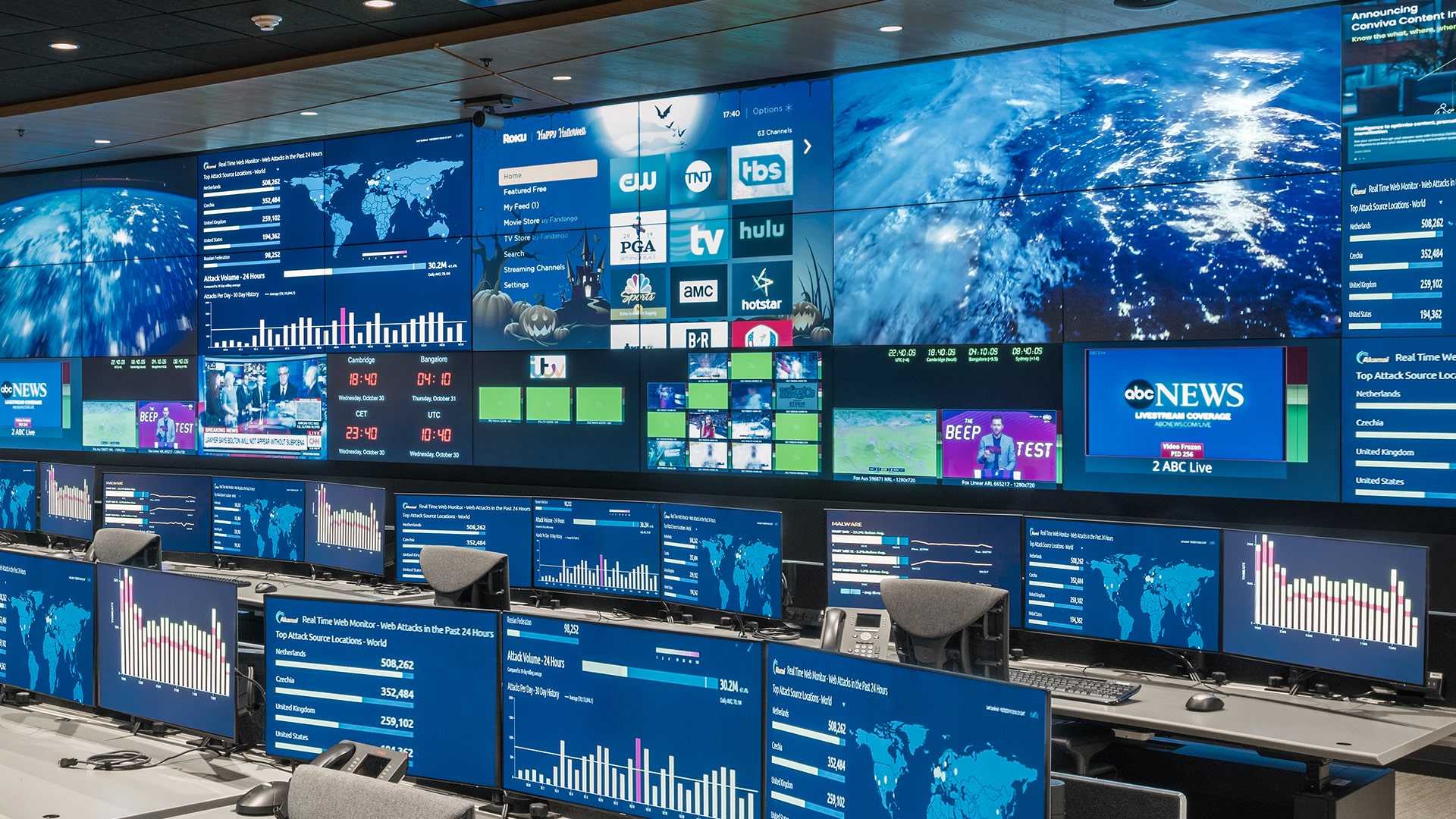Which Display Type is Right for You?
Compare the features of popular display technologies to determine which ultimately meets your organization’s visualization needs.
What are the Features and Benefits of LCD Video Walls?

LCD (liquid crystal display) technology is included in most smartphones, computer monitors, televisions, and other visual devices. Understand how a LCD display panel can serve as the focal point of your setup for optimal visualization.
What is a LCD?
LCD panels are composed of two polarized pieces of glass surrounding a layer of liquid crystals. Liquid crystals themselves aren’t light-emitting, so standard LCDs feature their own backlighting array that shines through the arrangement of liquid crystals to create the display’s picture.
Features and Benefits
- High resolution – bright display of text, images and video
- Reliable – can withstand vibrations, humidity, and UV light
- Serviceability – easy to service
Considerations
- Affordable – requires minimal maintenance
- Bezel edges – forms visible “seams” when monitors are arranged in a tile format
- Portable – easy to move from location to location (compared to LED panels)
Use Cases
- Command centers
- Control rooms
- Security operation centers
- Network operation centers
- Real-time crime centers
- Emergency operations centers
- Education and research facilities
- Conference rooms and other presentation spaces
What are the Features and Benefits of LED Video Walls?

LED (Light Emitting Diode) or Direct View LED (DvLED) panels are similar to LCDs. However, there are some distinct differences and considerations. Understand these differences to help you consider which display type will work best for your environment.
What is a LED?
LEDs use an array of light-emitting diodes as individual pixels across the entire display. Hundreds and hundreds of light-emitting diodes across the display are grouped in clusters of red, green, and blue which provide their own light while producing the required image.
Features and Benefits
- Bright display – includes extreme brightness and color accuracy
- Seamless view – creates a seamless visual canvas when display panels are grouped together
- Reliable – long lifespan and functions well in varying temps
Considerations
- Cost – higher upfront price point (compared to other displays)
- High ambient lighting – Ideal for rooms that require more than 500 NITs
- Aesthetics- optimal for environments that warrant an impressive video wall
- LED controller – dictates the capabilities of the display in good or restrictive ways
Use Cases
- Very large video wall setup (more than 40 panels)
- Control room applications such as SCADA and DoD layouts where bezels can negatively impact content

